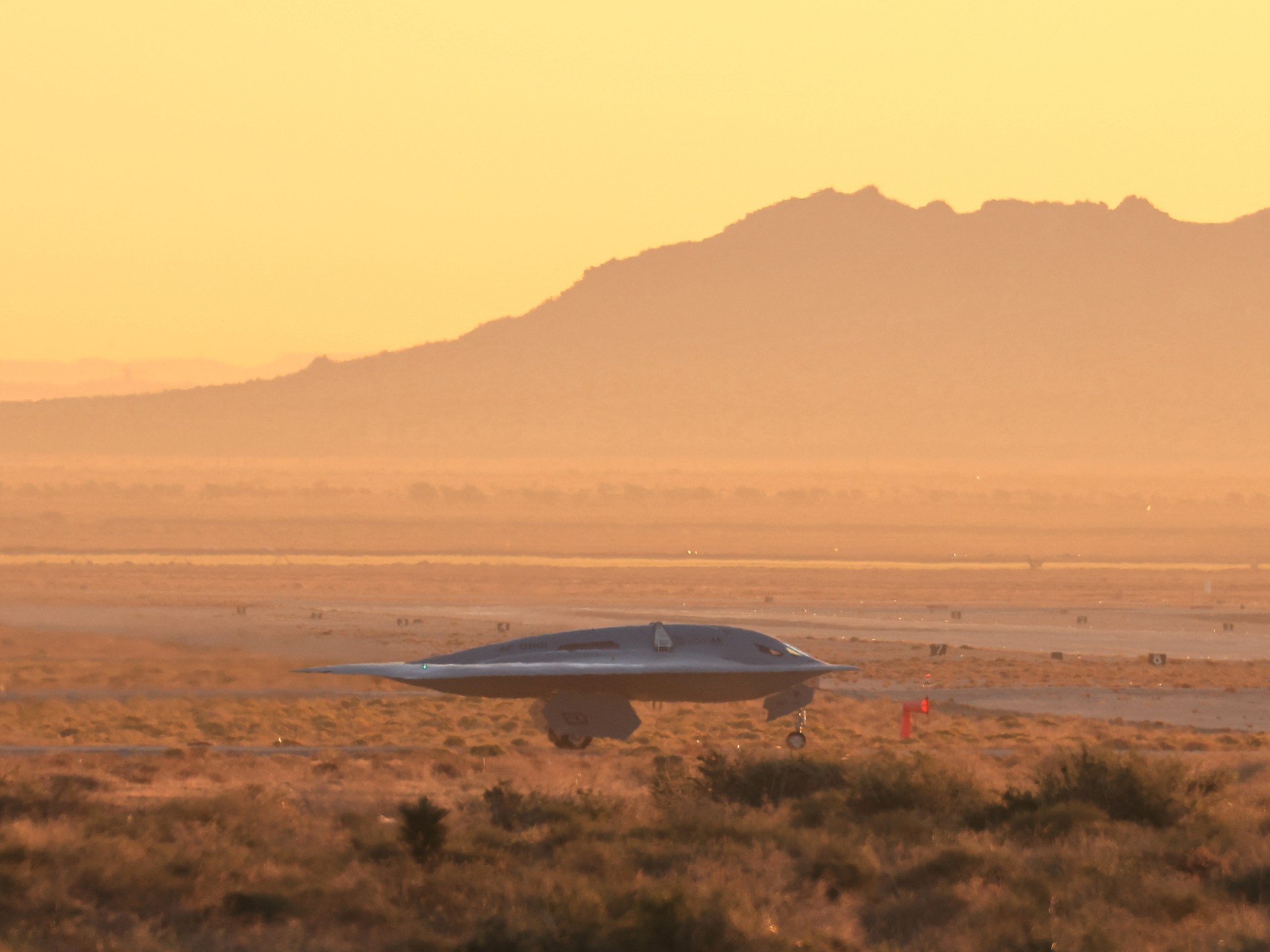The world is becoming more unstable, and the likelihood that nuclear weapons may one day be used is increasing, despite the wishes of humanity.
That is the broad conclusion of the Stockholm International Peace Research Institute’s (SIPRI) Yearbook, published on Monday.
It is a compilation of SIPRI’s recent research into conflicts, arms transfers and military expenditure, but it places particular emphasis on what SIPRI sees as a dawning new arms race among the nine nuclear-armed states – the United States, Russia, the United Kingdom, France, China, India, Pakistan, North Korea and Israel.
Although the number of nuclear warheads in the world is declining as the US and Russia gradually dismantle 1,000 retired warheads, new warheads are entering stockpiles and will eventually outpace these in the absence of any treaties reducing or limiting stockpiles, said SIPRI.
Improvements in potency, delivery and accuracy are also bringing about a new nuclear era, it said.
“We are at a step change, which has been going on since just before the pandemic,” SIPRI director Dan Smith told Al Jazeera.
“It’s not just little bits and pieces here and there. It’s everybody moving in that direction of upgrading, including the new nuclear weapon state of North Korea and the relatively new ones of Pakistan and India, who went nuclear in the 90s.”
How are nuclear powers upgrading?
China is building 350 new launch silos in its northern deserts and mountains. It has assembled 100 new warheads in the past year to reach 600 and is likely to continue expanding at that pace. Although China has a no-first-use policy, it may be developing a launch-on-warning capability – a sort of reflexive counterstrike.
China and India may both now be deploying warheads on missiles during peacetime, changing a longstanding policy of keeping warheads and missiles unmated.
India may be developing longer-range missiles as it broadens its traditional focus on Pakistan to include China.
North Korea is estimated to have refined enough fissile material to build 40 bombs in addition to the 50 it possesses, and has said it is about to launch tactical nuclear weapons.
Pakistan, too, is stockpiling fissile material and its “nuclear weapon arsenal … [is] likely to continue to expand over the next decade”, wrote SIPRI.
The UK is raising its stockpile from 225 warheads to 260 and building a new Dreadnought class of nuclear-capable submarines. France, too, is building a third-generation submarine and designing an air-launched cruise missile, both nuclear-capable.
Israel is thought to be able to launch nuclear missiles from torpedo tubes in its existing submarines, but its latest, the Drakon, is believed to have a vertical launch system as well.
All these nations, however, represent just 10 percent of the nuclear arsenal.
The remaining 90 percent belongs to Russia and the US, with more than 1,700 deployed warheads each, and 4,521 in storage between them.
In addition to being in the process of upgrading its nuclear-capable missiles, submarines and bombers, the US last year took delivery of 200 “modernised” nuclear warheads, the most in one year since the end of the Cold War.
Russia, too, is modernising its air- and sea-based delivery systems, and may have placed nuclear weapons on the territory of Belarus. Last year, it expanded its nuclear doctrine.
Previously, the use of nuclear weapons was authorised when the very existence of the state was in jeopardy. Now it is authorised when there is a “critical threat” against Russia’s sovereignty or territorial integrity, or if there is a “massive launch of air and space attack means” crossing the state border. Those means include unmanned aerial vehicles, which Ukraine often launches in dozens into Russia at a time.
Russia’s new doctrine “could be interpreted to mean that Russia has lowered the threshold for the use of its nuclear weapons”, wrote SIPRI. “The mixed performance of Russia’s conventional weapons in its war against Ukraine could reaffirm, and potentially even deepen, Russia’s reliance on nuclear weapons in its national security strategy.”
Bigger bombs in a more unstable world
These changes are happening against a backdrop of intensifying conventional armed conflict in the world.
“The estimated overall number of fatalities rose from 188,000 in 2023 to 239,000 in 2024,” said SIPRI, citing five major conflicts: Israel’s war on Gaza, the Russia-Ukraine crisis, civil wars in Myanmar and Sudan, and “subnational armed conflicts” in Ethiopia.
World military spending rose by 37 percent in the past decade, and by 9.4 percent last year alone, to $2.7 trillion, said SIPRI.
The combination of greater nuclear range, firepower, accuracy and survivability and intensifying conventional conflict feeds a desire for proliferation, said Minna Alander, a fellow with the Transatlantic Defense and Security programme at the Centre for European Policy Analysis (CEPA).
“The situation has triggered a nuclear debate even in unlikely parts of Europe: the idea of a ‘Nordic bomb’ has become a morning radio topic in Sweden and Denmark’s ex-Foreign Minister, Jeppe Kofod, recently described a Nordic defence union with own nuclear weapons as ‘not only a dream but a strategic necessity’,” she said.
“This is a remarkable and indicative development, given that Denmark and Norway have had limitations on NATO’s nuclear presence on their territories and Finland and Sweden have a history of nonproliferation advocacy.”
Finland and Sweden have signed bilateral military agreements with the US that came into force last year, allowing the US to place troops and weapons, including nuclear weapons, on their soil. Poland has also signalled it is open to US nuclear weapons sharing.
Now the US security guarantee has been weakened, said Smith, by US President Donald Trump, making NATO’s mutual defence clause conditional on an arbitrary level of defence spending.
“It’s very muddy now what the response is, because on the one hand, there’s a quite clear line of ‘the USA is no longer a reliable ally’. So that is the new reality as far as the security planners and strategists are concerned,” he said.
“Once you introduce one condition, any amount of further conditions is thinkable, and soon the deterrent has lost its credibility,” said Alander.
The French and UK independent deterrents came out of doubt whether a US president would “sacrifice New York or even Akron, Ohio, for Berlin”, he said, but the US stance vindicates France’s choice of complete autonomy.
Of the world’s 193 UN members, 178 have now ratified the Comprehensive Nuclear Test Ban Treaty (CTBT), said SIPRI. Last year, four countries ratified the Treaty on the Prohibition of Nuclear Weapons (TPNW), which aims to ban all nuclear weapons, bringing the total to 73. Another 25 have signed the TPNW, but have not ratified it.
These efforts at curtailment and elimination stem from the argument that nobody can win a nuclear war, said SIPRI’s Smith.





